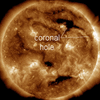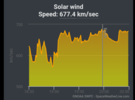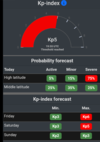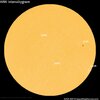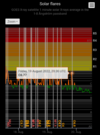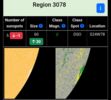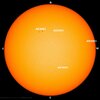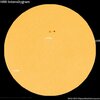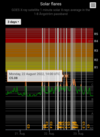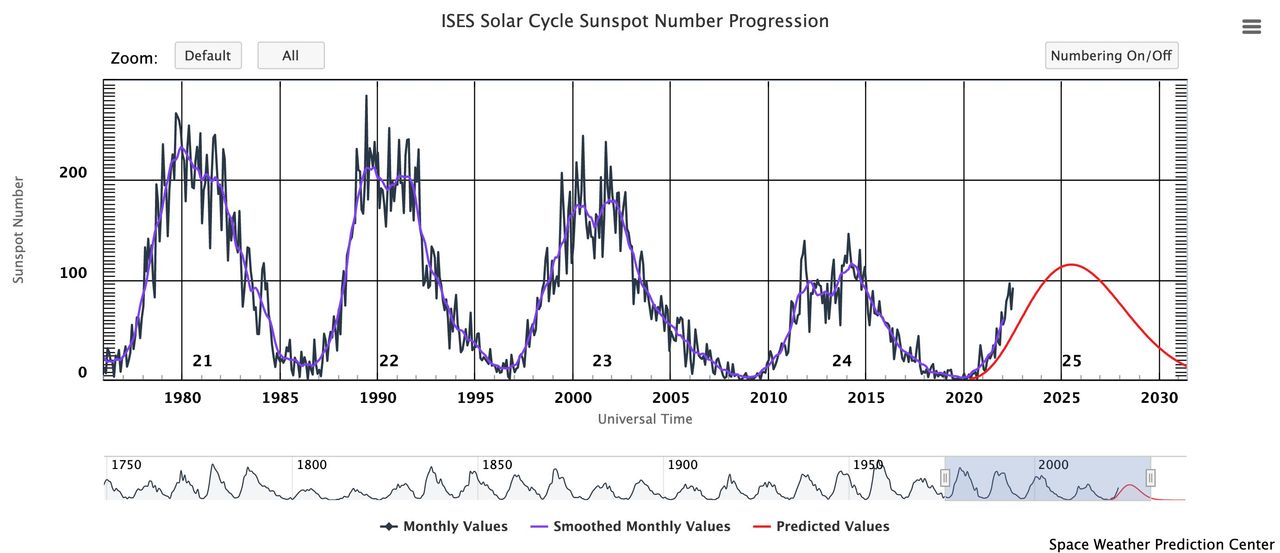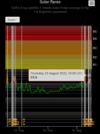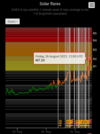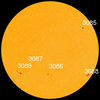According to Valentina Zharkova, Professor of Physics and Mathematics at Northumbria University, the Earth is heading towards a global cooling similar to the Maunder Minimum, known from Breughel's winter landscapes.
Signs of solar activity are seen in the 11-year cyclic variations of a series of sunspots on the solar surface using the monthly average of sunspots as an indicator of solar activity over the last 150 years. The solar cycles were described by the action of the solar dynamo mechanism in the solar interior generating magnetic strings at the bottom of the solar convection zone.
These magnetic strings travel through the solar interior and appear on the solar surface, or photosphere, as sunspots indicating the points where these magnetic strings are embedded in the photosphere.
The magnetic field of the sunspots forms a toroidal field, while the solar background magnetic field forms a poloidal field. The solar dynamo cyclically converts the poloidal field into a toroidal field reaching its maximum at a solar cycle maximum and then the toroidal field returns to the poloidal field toward a solar minimum.
During these large solar minimums, there is a significant reduction of the solar magnetic field and solar irradiance, which imposes the reduction of terrestrial temperatures derived for these periods from the analysis of terrestrial biomass during the last 12,000 years or more.
The most recent grand solar minimum occurred during the Maunder Minimum (1645-1710), which led to a reduction in solar radiation by 0.22% relative to modern times and a decrease in average Earth temperature by 1.0 to 1.5°C.
This discovery of the double dynamo action on the Sun brought us a timely warning about the next great solar minimum,
when the solar magnetic field and its magnetic activity will be reduced by 70%. This period began on the Sun in 2020 and will last until 2053. During this modern grand minimum, we would expect to see a reduction in the average Earth temperature of up to 1.0 °C, especially during the periods of solar minimums between cycles 25-26 and 26-27, e.g., in the decade 2031-2043.
The reduction in land temperature over the next 30 years may have important implications for different parts of the planet for vegetation growth, agriculture, food supply, and heating needs in the northern and southern hemispheres.
This global cooling during the next grand solar minimum (2020-2053) may offset for three decades any signs of global warming and would require intergovernmental efforts to address the problems of heat and food supply for the Earth's entire population.
Un estudio apunta a que vamos hacia un Mínimo Solar Moderno y esto podría llevarnos hacia un periodo de enfriamiento de la Tierra

www.tiempo.com





